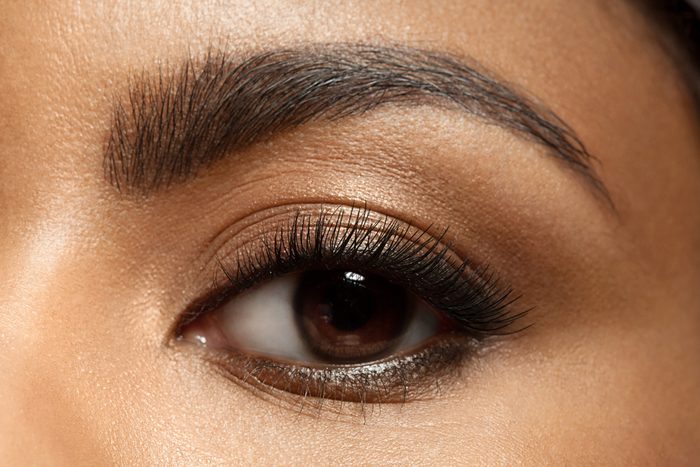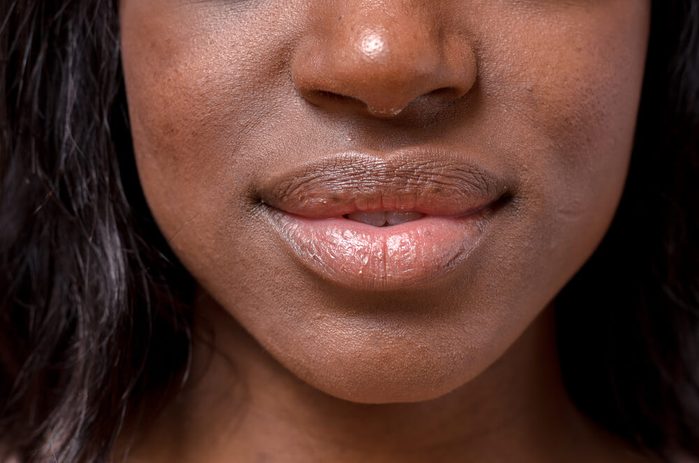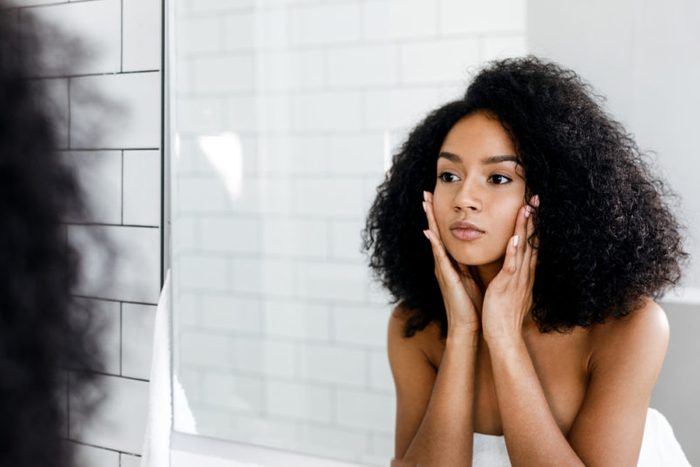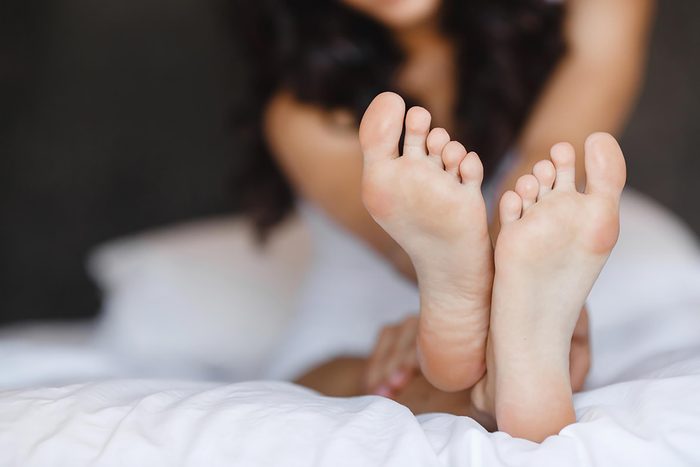How to prevent burning these places on your body
Skin experts agree that there’s no such thing as a good sunburn. In fact, your body changes after just one day out in the sun too long. It can be especially painful to burn the following areas, which is why it’s key to use sunscreen in these critical spots. Here are the worst places to get a sunburn and how to protect yourself.
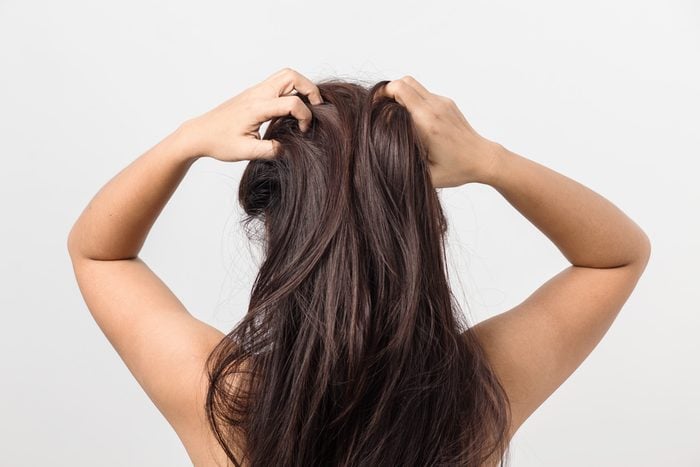
Scalp
Whether you have a full head of hair or none at all, it’s important to shield your scalp from the sun. According to New York City-based dermatologist, Daniel Belkin, MD, many people often forget about this area—especially men who are bald or have thinning hair. “If burned, it can be quite itchy and uncomfortable,. But since it’s such a sensitive area it’s harder to effectively treat.” In addition to wearing sunscreen, Dr. Belkin recommends wearing a wide-brimmed hat to ensure your scalp’s not getting any exposure to the sun. (Need recommendations? Here are the best sun hats that dermatologists love.)
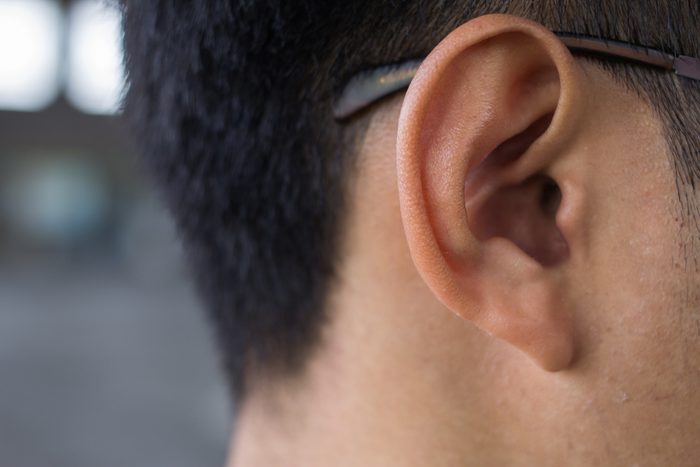
Tops of the ears
“The skin on the tops of your ears is very delicate, making it more susceptible to sunburn,” says Joshua Zeichner, MD, director of cosmetic and clinical research in dermatology at Mount Sinai Hospital in New York. In addition to being a delicate area, the tops of the ears tend to be overlooked when applying sunscreen, he says. Stick to applying a sunscreen with a high SPF, and again, wear a wide-brimmed hat to make sure your ears aren’t getting exposed.
Eyes
You may not realize it, but you actually can get a sunburn on your eyes. According to the American Academy of Ophthalmology, this is called photokeratitis. It generally affects the cornea and white area of your eyes. In addition to pain, it can cause redness, blurry vision, sensitivity to light, and an overproduction of tears. If you notice any of these symptoms, see your eye doctor immediately. You’ll likely be prescribed antibiotic eye drops or ointment. To avoid eye burns, wear UV-shielding sunglasses any time you’re out in the sun.
Lower lip
Your lips’ delicate skin coupled with its angle—its facing up at the sky—means it can burn quickly and badly. “Long-term sun exposure can cause a condition called actinic cheilitis [AC], which is an inflammation leading to chronically chapped or peeling lips,” warns Dr. Belkin. If this is left untreated, AC actually can lead to a skin cancer called squamous cell carcinoma. Dermatologists can treat AC using laser treatments and topical chemotherapy, but the process can be quite painful, says Dr. Belkin. Keep your lower lip protected. Be sure to apply a lip balm with SPF religiously throughout the day.
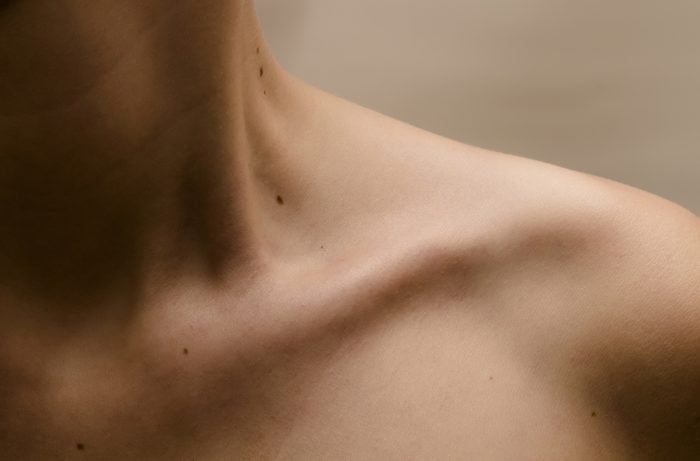
Chest and neck
Because your chest and neck are one of the first places to show signs of aging, it’s important to keep those areas protected with sunscreen. Overexposure to harmful UV rays can cause sunspots and wrinkles. These spots develop sunburn because they’re exposed nearly all the time during the summer, says Dr. Zeichner. Be zealous about re-applying sunscreen, he advises. Gain extra protection by wearing a bathing suit or top with a higher neckline.
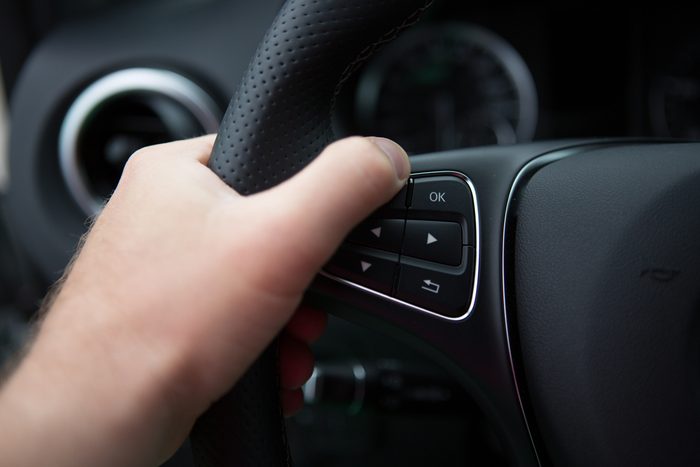
Backs of hands
Talk about an area that gets constant sun exposure: Your hands are out in the sun and usually unprotected, says Dr. Belkin. A sunburn here is not only painful, but it will also hinder your everyday activities. Make sure to apply SPF to your entire hand. You may even want to try wearing sun-protective gloves.
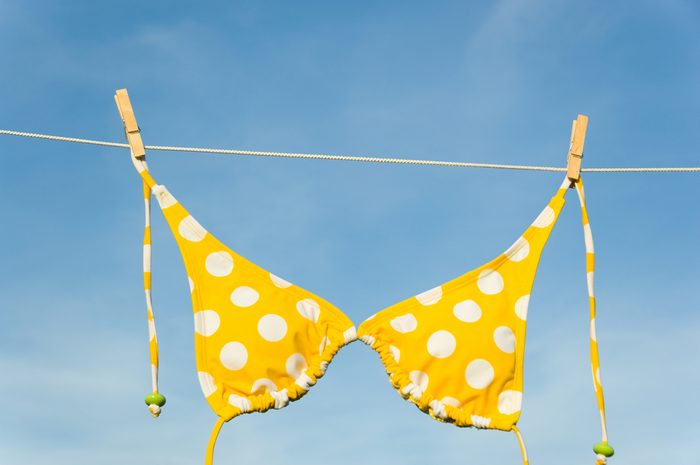
Breasts
Heading for a topless beach? You may want to rethink sunning the delicate flesh of your breasts. According to Dr. Belkin, “Your breasts don’t have a lot of pigment, and since they are normally covered, there is a high chance of burn.” He also notes that the area is quite sensitive; a burn there would be particularly painful. Be sure to slather on the sunscreen around your bikini top.
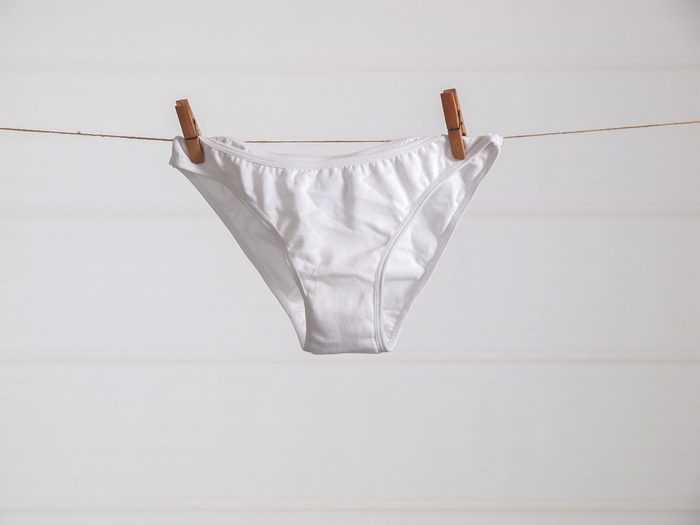
Genitals
Your private parts likely don’t see the light of day all that often, and that leaves them particularly sun-sensitive. And is it necessary to spell out exactly how painful a burn down there would be? If you do get a burn down there, says Dr. Belkin, it’s best to see your dermatologist for help. In the meantime: “A soothing product like aloe gel may give you some relief,” he says. You also should take a non-steroidal anti-inflammatory drug like Motrin or Advil to ease pain and help reduce inflammation. (Just make sure you never do these 10 things after getting a sunburn.)
Your face
The American Academy of Dermatology estimates one in five Americans will develop skin cancer in their lifetime—and the most common spots are the face and head. According to Dr. Zeichner, “consumers apply less than 50 percent of the amount of sunscreen that they should be using.” That’s why he suggests using the highest SPF value possible. Learn which sunscreen is right for your skin type, and incorporate it into your daily routine.
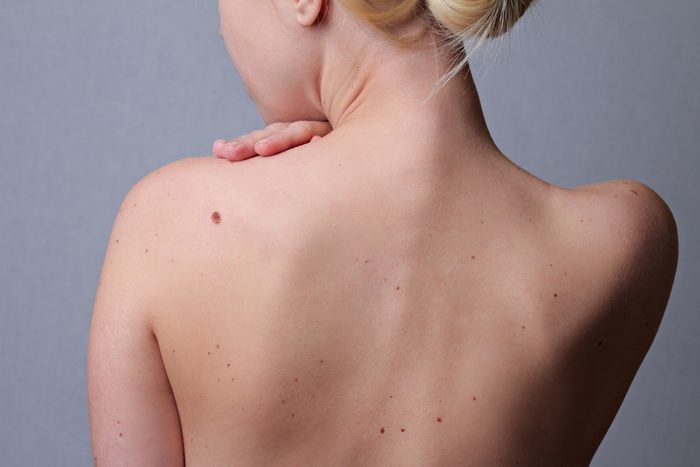
Your back and shoulders
Everyone has made this mistake at one point or another: You fall asleep on your stomach at the beach or the pool, and the next thing you know your back and shoulders are tomato-red. In addition to being painful, this large area means you’ll suffer nightly when you try to sleep. Avoid trouble by recruiting a friend or spouse to help you smear on sunscreen—and reapply it at least every two hours. “If you do end up sleeping in the sun, do so under a shaded area to ensure your back doesn’t get burned,” cautions Dr. Belkin.
Soles of your feet
The tops of your feet are a terrible place to burn, but so are the soles. Dr. Belkin notes that because your feet are often hidden away from the sun in shoes, the skin is more susceptible to burning. If you get a severe burn on your feet, try soaking them in cold water and then apply aloe gel.
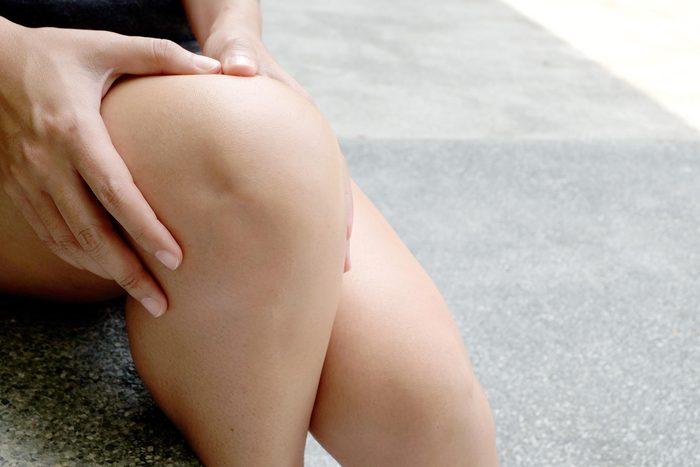
Backs of your knees
This is an awkward area to burn: Not only is the skin extra sensitive, but you’ll feel the burn with every step. Make sure to apply a sunscreen with high SPF (at least 30 or above) when you’re out. If you’re sweating a lot, your sunscreen is washing off. Reapply your sunscreen regularly to protect the area.
Next up: Check out these other sunscreen dos and don’ts you should know this summer.


